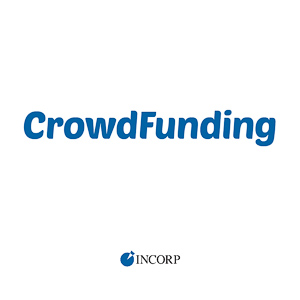Stay in the know!
Join our newsletter for special offers.
In tough economic times, business funding can be hard to come by. Financial institutions are often wary of investing in new and untried venues. Without a source of money, though, how can any organization meet its goals?
Enter crowdfunding, a unique and popular alternative that allows charities, startups, and expanding businesses to make an end run around traditional banks and investment firms.
Although the dawn of modern CrowdFunding engendered skepticism, many who looked askance at the concept failed to realize that it had already been around in one form or another for hundreds of years. As far back as the 18th century, Jonathan Swift's Irish Loan Fund used the idea to provide low-income farmers and merchants with money to feed their families and bolster their fortunes. In 1884, the New York World's Joseph Pulitzer collected $1 donations from over 125,000 contributors to fund the pedestal beneath the Statue of Liberty.
Today's technology has changed the game. The 2012 enactment of the Jumpstart Our Business Startups Act, popularly known as JOBS, gives any organization the chance to raise as much as $1 million annually through online sources alone.
CrowdFunding is not a free ride. Anyone interested in raising money this way will need to expend a bit of effort. It is vital to draw up a clear business plan and spell it out with clarity. This will help determine the amount of funding required and assist in convincing investors of the potential benefits of getting in on the action.
This business plan will need to make a clear accounting of:
Success will also require the implementation of a strong marketing strategy, an electrifying sales pitch, and enthusiastic responsiveness to potential investors. If they don't have faith in your idea, they won't be coming back.
Although the idea of starting a personal crowdfunding site may seem attractive, going this route will require the approval of the SEC. For this reason, many prefer to work through an established source. The biggest players in the game of Crowdfunding can differ sharply in focus and business model, but the direction of any particular organization should lead it to the site that suits it best.
Donation-based schemes allow funders to contribute toward a common goal. Their reward will consist of free products, special perquisites or often just the joy of taking part. The following sites focus on this sort of crowdfunding:
In investment crowdfunding, the investor becomes a shareholder or part-owner of the company. Hoped-for rewards are purely financial. Some of these sites include:
Since the 100-shareholder limit of an S corporation can restrict the benefits obtainable through investment-based crowdfunding, any venue that cares to go this route should strongly consider incorporating.
Send them emails with useful content (not just ads and coupons) and ask for feedback to help you tweak your offerings according to their preferences.
While the pros of crowdfunding should be immediately apparent, the concept does present its share of cons. For one thing, each individual investor has a smaller stake in the game and must share the spoils, if any, with the rest of the crowd. In addition, some of the ideas that obtain funding in this manner might better have remained on the drawing board. Those who choose to back such projects can be taking an unnecessary risk. While some organizations might find the $1 million cap restrictive, others could balk at the idea that crowdfunding must take place through a registered broker or funding portal.
Bottom Line: There is no question, though, that crowdfunding can assist the charity, startup, or established business in search of financial backing. When used with care and forethought, it can prove a useful solution to a funding hurdle that might otherwise prove insurmountable.
Join our newsletter for special offers.
